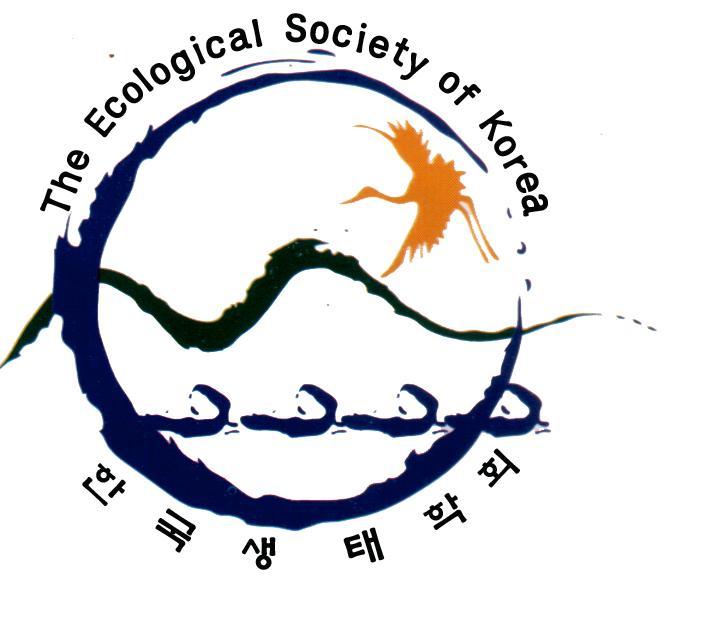- ENGLISH
- P-ISSN2287-8327
- E-ISSN2288-1220
- SCOPUS, KCI
 ISSN : 2287-8327
ISSN : 2287-8327
Origins and ingredients of honey from a Salix community in a Janghang Wetland in Han River estuary, Korea
한동욱 ((사)에코코리아)
이인권 (R&D 부문, 농업기술센터)
박상규 (아주대학교)
Abstract
Background: Janghang Wetland is a well-preserved area located in a natural estuary and brackish water zone. There exist a large community of Salix triandra subsp. nipponica–S. koreensis, with S. triandra subsp. nipponica being the dominant species in the tidal forest. The metabolite composition of honey is diverse and influenced by the floral source and environmental factors. The aim of this study is to identify the plant origins of collected honey and examine changes in metabolite composition over time within the willow community in Janghang Wetland. Results: The study found that S. triandra subsp. nipponica was the most prominent component in the honey (50.7%), followed by Prunus padus (21.8%). In terms of pollen, P. padus was the most frequently detected (44.9%), followed by S. triandra subsp. nipponica (32.7%). The honey collected from Janghang Wetland was differentiated based on the collection time (March vs. April). Honeys collected in March exhibited a higher sucrose content than those gathered in April, while honeys collected in April demonstrated a higher mannose content compared to those obtained in March. The honey collected in Janghang Wetland had higher levels of sucrose and mannose content compared to commercial honey. In contrast, honey from an apiculture company had higher levels of lactitol and melibose. When comparing honey samples, it was found that Janghang Wetland honey showed lower levels of total phenolic content and total flavonoid content compared to commercial honeys. Conclusions: The metabolites in honey were found to be affected by both the collection time and geographical origin, and the results of metabarcoding in honey was influenced by the floral origin. These findings can assist in identifying the origin of honey and contribute to a better understanding of metabolite diversity in honey.
- keywords
- floral origin of honey, Janghang Wetland, metabarcoding, metabolite, Prunus, Salix
